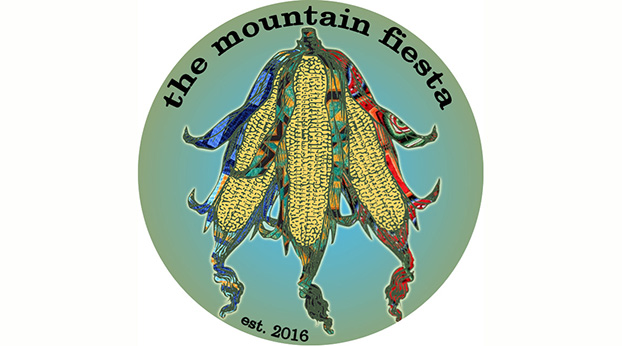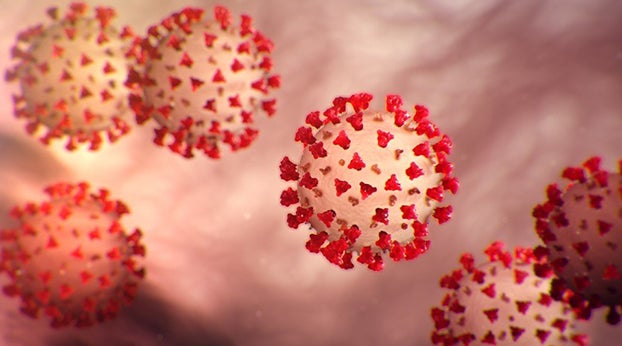LMU students learn canine anatomy by sculpting muscles with clay
Published 12:06 pm Tuesday, August 27, 2019

Nikki Lockhart | LMU
Student’s Anatomy in clay work using Caniken models.
HARROGATE, Tenn. — Lincoln Memorial University-College of Veterinary Medicine (LMU-CVM) Anatomy Boot Camp students studied canine anatomy using a novel kinesthetic approach. With reusable skeletal models and clay, they constructed the canine musculoskeletal system from the inside out.
“The summer anatomy boot camp for LMU’s veterinary program has been a blessing,” said veterinary biomedical sciences student Ariel Gardner. “Creating clay models of the animals we would be dissecting was a key part to my understanding of the material. Being able to first place the muscle layers and understand how they connect throughout the animal’s body enhanced my comprehension of the material once we started dissections.”
CVM Associate Professor of Veterinary Anatomy Dr. Joshua Rowe recently purchased 12 canine models (Caniken Classic 1) to support supplemental educational activities in the veterinary program.
“I enjoyed building the models using clay as it provided an idea of where the independent muscles were located; as muscles are typically tightly packed together in layers and held together by connective tissue,” said first-year veterinary medicine student Ryan Nintzel. “It also allowed me to appreciate the complexity of the skeletal-muscular system of a vertebrate organism when assembling each unique muscle.”
“Dr. Rowe is going to lead the way in pioneering novel methodologies for teaching anatomy of the future, with new modalities and mediums,” said LMU-CVM Vice President and Dean Jason Johnson.
Rowe got the idea from a recent professional development workshop in human anatomy by Anatomy in Clay Learning Systems in Asheville, North Carolina where he learned various techniques and creative ways to use the system to teach anatomy. He was inspired by the potential to use the methods he learned and apply them to the CVM curriculum. Rowe plans to purchase more models, including equine models, to expand possible uses.
“The use of the Caniken domestic dog models in our introductory Anatomy Boot Camp has been a tremendously rewarding experience,” Rowe said. “When I’d look around the lab, I’d see so many students smiling, laughing and engaged in the activity. But even more importantly, when I’d later ask questions about the anatomical structures we had built, I was impressed with how much the students seemed to have learned and retained.”
While dissection remains a core component of anatomy education, the clay technique offers a robust tool to introduce, strengthen and expand anatomical knowledge without the use of cadavers.
“Obviously, as veterinarians and veterinary educators, we’re passionate about good stewardship of animal resources and seeking practical alternatives wherever possible,” Rowe said.
The models may potentially be used for community outreach efforts and K-12 education organized by the CVM Applied Anatomy Club.
Lincoln Memorial University (LMU) is a values-based learning community dedicated to providing educational experiences in the liberal arts and professional studies. The LMU-College of Veterinary Medicine is located on LMU’s main campus in Harrogate, Tennessee, with additional academic facilities in nearby Lee County, Virginia. LMU-CVM is an integral part of the University’s medical programs and provides real-world, community-based education in a collaborative learning environment. For more information about LMU-CVM, call 1.800.325.0900, ext. 7150 or visit us online at vetmed.LMUnet.edu.






